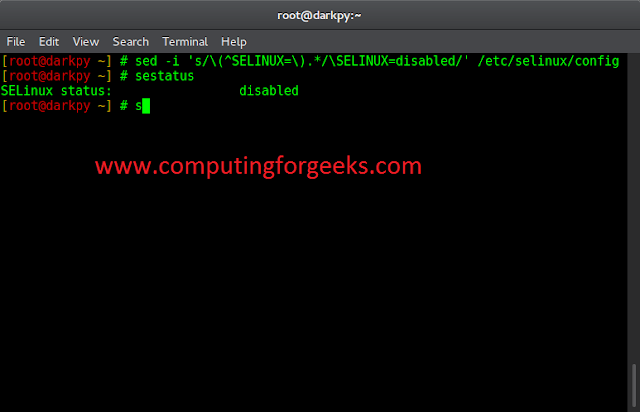Static Fragment is a type of fragment that is defined in an XML layout file only. It is a part of the Activity and its lifecycle depends on the lifecycle of its container activity.
Properties of Static Fragment:
- Defined using <fragment> tag in XML layout file.
- Having a fixed position in the Activity’s layout.
- Cannot be removed or replaced at runtime.
- Created when the Activity is created and destroyed when the activity is destroyed.
Step by Step Implementation
Step 1: Create a New Project in Android Studio
To create a new project in Android Studio please refer to How to Create/Start a New Project in Android Studio. Note that select Java as the programming language.
Step 2: Working with the activity_main.xml file
Navigate to the app > res > layout > activity_main.xml and add the below code to that file. Below is the code for the activity_main.xml file. Comments are added inside the code to understand the code in more detail.
XML
<?xml version="1.0" encoding="utf-8"?><LinearLayout android:layout_width="match_parent" android:layout_height="match_parent" android:orientation="vertical" android:weightSum="2" android:padding="15dp" tools:context=".MainActivity"> <fragment android:layout_width="match_parent" android:layout_height="wrap_content" android:id="@+id/fragUpper" android:name="com.anas.staticfragment.UpperFragment" android:layout_weight="1"/> <fragment android:layout_width="match_parent" android:layout_height="wrap_content" android:id="@+id/fragLower" android:name="com.anas.staticfragment.LowerFragment" android:layout_weight="1"/> </LinearLayout> |
Step 3: Working with Fragment layout (e.g. fragment_upper.xml)
XML
<?xml version="1.0" encoding="utf-8"?><LinearLayout android:layout_width="match_parent" android:layout_height="match_parent" android:background="#f8bbd0" android:gravity="center" tools:context=".UpperFragment"> <TextView android:id="@+id/txtUpperFrag" android:layout_width="wrap_content" android:layout_height="wrap_content" android:text="Upper Fragment" android:textSize="22sp" android:textColor="#e91e63" android:textStyle="italic|bold"/> </LinearLayout> |
Step 4: Working with Fragment layout (e.g. fragment_lower.xml)
XML
<?xml version="1.0" encoding="utf-8"?><LinearLayout android:layout_width="match_parent" android:layout_height="match_parent" android:background="#b2ebf2" android:gravity="center" tools:context=".LowerFragment"> <TextView android:id="@+id/txtLowerFrag" android:layout_width="wrap_content" android:layout_height="wrap_content" android:text="Lower Fragment" android:textSize="22sp" android:textColor="#00bcd4" android:textStyle="italic|bold"/> </LinearLayout> |
Step 5: Working with Fragment (e.g. UpperFragment.java)
Java
package com.anas.staticfragment; import android.os.Bundle;import androidx.fragment.app.Fragment;import android.view.LayoutInflater;import android.view.View;import android.view.ViewGroup;import android.widget.TextView; public class UpperFragment extends Fragment { public UpperFragment() { // Required empty public constructor } @Override public View onCreateView(LayoutInflater inflater, ViewGroup container, Bundle savedInstanceState) { // Inflate the layout for this fragment View view = inflater.inflate(R.layout.fragment_upper, container, false); TextView txtUpperFrag = view.findViewById(R.id.txtUpperFrag); return view; }} |
Step 6: Working with Fragment (e.g. LowerFragment.java)
Java
package com.anas.staticfragment; import android.os.Bundle;import androidx.fragment.app.Fragment;import android.view.LayoutInflater;import android.view.View;import android.view.ViewGroup;import android.widget.TextView; public class LowerFragment extends Fragment { public LowerFragment() { // Required empty public constructor } @Override public View onCreateView(LayoutInflater inflater, ViewGroup container, Bundle savedInstanceState) { // Inflate the layout for this fragment View view = inflater.inflate(R.layout.fragment_lower, container, false); TextView txtLowerFrag = view.findViewById(R.id.txtLowerFrag); return view; }} |
Output:

Static Fragment




